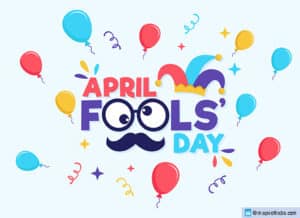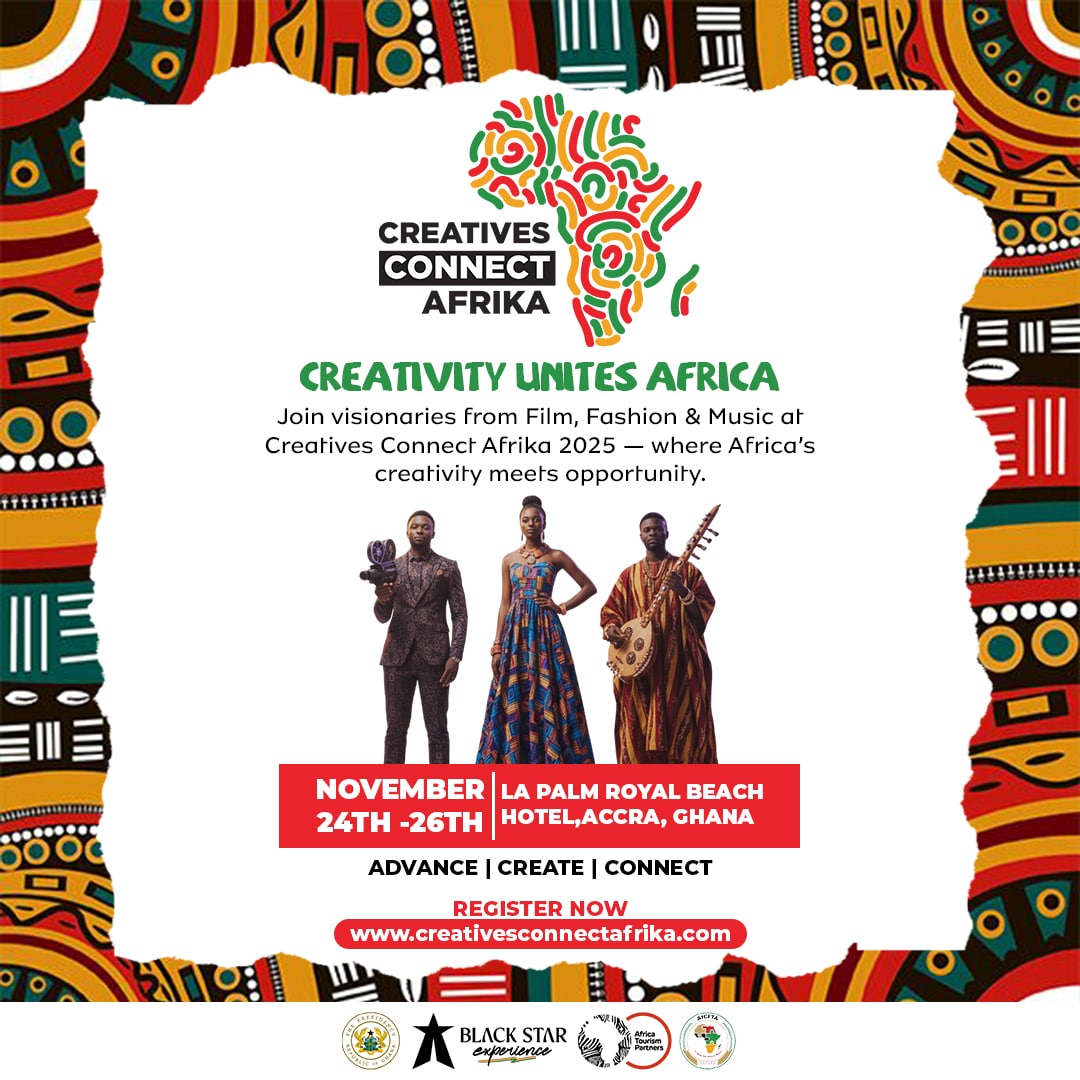April Fools’ Day, which is also referred to as All Fools’ Day, is an annual custom on April 1 where friends play practical pranks and self-serving hoaxes on one another. When the intended victim falls for the joke, the prankster exclaims “April Fool” to tell them it was an April Fools’ prank. April Fools’ pranks have permeated popular culture, serving as a source of amusement and a reflection of human psychology. At their core, pranks are designed to entertain, provoke surprise, and in many cases, elicit laughter. They thrive on deception, creating a temporary reality that can mislead those caught up in the jest. This dual nature of pranks—entertainment mixed with deception—fuels their appeal during the first day of April, when the lines between reality and trickery become blurred.
Understanding the Nature of Pranks
People enjoy pranks for various reasons. The thrill of surprise, the shared experience of laughter, and the social bonding that arises from harmless mischief contribute to their popularity. Pranks can also relieve stress, allowing individuals to momentarily escape from their daily routine and revel in the situation’s absurdity. However, this enjoyment can vary significantly depending on the context and nature of the prank. While some pranks are light-hearted and harmless, others can cross the line into harmful territory, potentially leading to emotional distress or physical harm.
Understanding the characteristics that define different types of pranks is crucial. Harmless fun often involves elements of wit and creativity without malice, while harmful pranks may exploit fears or vulnerabilities, ultimately causing discomfort or distress. The distinction lies in the intent and the resultant impact on the victim. Therefore, awareness of a prank’s context and possible consequences is essential. A responsible prankster should consider how their actions may be perceived and the potential ramifications, ensuring that the intended amusement does not veer into insensitivity or aggression.

Common Signs of April Fools Pranks
April Fools’ Day is known for its outrageous pranks and humorous hoaxes, making it essential for individuals to recognize signs indicating a story is part of this annual tradition. One of the most prominent indicators of a prank is the absurdity of the claims. If a piece of news feels implausible or sensational, it may be part of an April Fools’ joke. For instance, in previous years, announcements about certain companies creating absurd products—such as a tech giant claiming to release a smartphone that can brew coffee—have garnered attention simply due to their incredibility.
Additionally, the timing of the information release is a crucial factor. News that coincides with April 1st should be approached with skepticism, especially if it lacks corroborating reports from reputable sources. Pranks are often crafted to align perfectly with the day, making their timing a red flag. For example, a widely circulated statement about an iconic brand discontinuing a beloved product can often be met with skepticism, especially when it appears on this specific date.
Another common aspect to be mindful of is the sensational nature of the headlines and visuals accompanying the story. When the language is exaggerated or overly dramatic, it can suggest that the content is meant to entertain rather than inform. In the past, fake celebrity interviews or outrageous situations depicted in accompanying illustrations have illustrated the impossibility of the events being real. By examining both the wording and imagery, individuals can better gauge the authenticity of the information presented.
In sum, recognizing the signs of an April Fools’ prank requires a critical evaluation of the claims being made, the timing of the announcement, and the sensationalism involved. By being aware of these factors, readers can protect themselves from falling victim to clever hoaxes designed to trick the unsuspecting.
Fact-Checking Before Believing
In an age where information travels at the speed of light, particularly on social media platforms, it is paramount to conduct fact-checking before reacting or sharing potentially misleading content. This is especially important on April 1st, a day notorious for pranks that mislead unsuspecting audiences. Engaging with various techniques can help individuals discern fact from fiction, ultimately promoting digital literacy and informed decision-making.
One effective method of fact-checking involves cross-referencing claims with reputable news sources. By comparing information from multiple credible outlets, individuals can gauge the accuracy of a story. Reliable news organizations often prioritize journalistic integrity, thus serving as trustworthy benchmarks. Following known media outlets and staying aware of their reporting guidelines can be beneficial for optimizing one’s fact-checking skillset.
Furthermore, assessing the credibility of authors can significantly improve one’s ability to evaluate information. Investigating a writer’s background, including their qualifications and previous works, provides insight into their reliability. Established experts in a given field are more likely to provide accurate depictions than unknown or misleading figures. Understanding the context and authority behind the information can elevate one’s discernment in the digital landscape.
Another practical approach to ensuring that shared information is accurate is to utilize dedicated fact-checking websites. Websites like Snopes, FactCheck.org, and PolitiFact are designed to investigate and clarify dubious claims. These platforms assess the truthfulness of viral stories and present evidence to reinforce their findings, enabling users to make well-informed decisions.
Fostering a culture of inquiry and verification is essential, especially on a day known for its playful deceit. By emphasizing the importance of fact-checking, individuals can protect themselves from falling victim to misinformation that runs rampant during April Fools’ pranks.
April Fools: Setting Personal Boundaries and Ethical Considerations
In any social scenario, particularly during April Fools’ Day, it is essential to maintain personal boundaries concerning pranks. These boundaries help delineate the line between harmless fun and actions that could cause emotional distress or harm. Awareness of one’s limits and those of others is vital in creating an enjoyable environment where everyone feels safe and respected. Understanding what types of humor might be acceptable for some and what could be offensive or hurtful to others is crucial in fostering a community that values respect and empathy.
Ethical considerations play a significant role when engaging in the prank culture. Humor should never come at the expense of someone else’s dignity or well-being. Pranksters should consider the implications of their actions, ensuring that the intent is not only to amuse but to uplift rather than belittle. For instance, pranks that create embarrassment or exacerbate insecurities can lead to adverse outcomes and resentment, diminishing the joy the celebration intends to promote.
Individuals can adopt a few strategies to navigate sthe ocial environments surrounding pranks effectively. One approach is to communicate openly with friends about what types of pranks are acceptable. This proactive discussion can help set a group standard for humor that respects everyone’s feelings. Moreover, observing reactions to previous pranks can be insightful; laughter from one person doesn’t equate to approval from all. Therefore, sensitivity to the responses of others can aid in deciding whether to pursue a humor-laden approach or to refine one’s tactics to ensure a light-hearted atmosphere.
Ultimately, balancing humor with empathy is paramount. While pranks can create memorable moments and strengthen bonds, it is crucial to ensure that they foster joy without resorting to humiliation or discomfort for any party involved.












